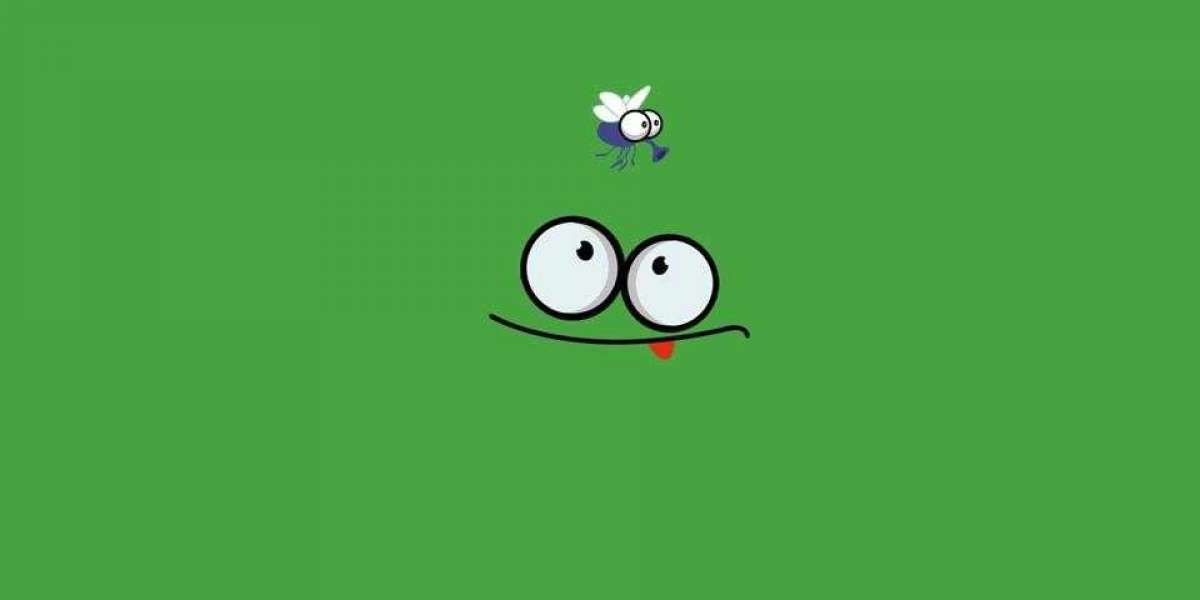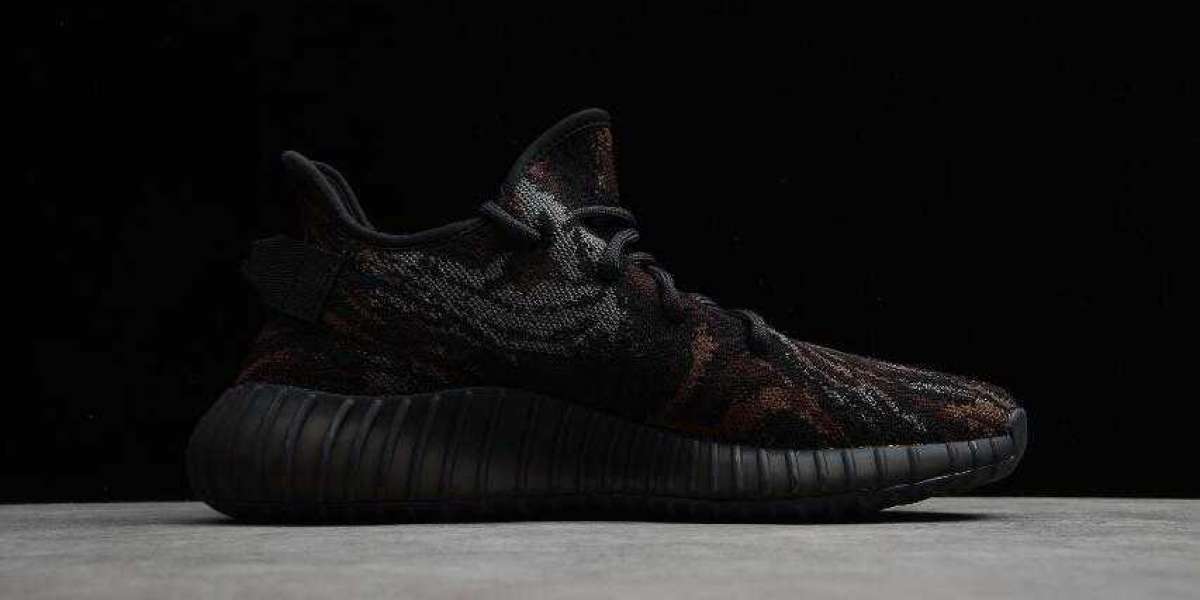Hair represents a valued aspect of human individuality. The possibility of having an easy to handle hairstyle and changing it from time to time promoted an increasing search for chemical hair transformations, including hair straightening. Hair straightening is the process used to convert curly into straight hair. The desire for straight hair used to be associated with the standards of the “universal beauty.” Currently, the preference for this style is more for the ease of handling and the simpler daily care routine [1]. Straightening may be physical or chemical processes and temporary or permanent, regarding its duration.
We performed a literature search in the scientific database MEDLINE through PubMed until July 15, 2020, using the terms “straightening” AND “hair” (125 results), “straightening” AND “alopecia” (22 results), and “straightening” AND “human hair” (103 results). We limited the search to articles available in English and considered those mentioning alternatives to straighten the hair. After excluding duplicate titles, we had a total of 33 relevant articles.
Anatomically, the hair shaft has 3 layers: cuticle, cortex, and medulla [2, 3]. The outermost part is the cuticle, which is composed of keratin and consists of layers of scales overlapping 1 and other, just like tiles on a roof. The cuticle protects the underlying cortex and acts as a barrier [3-5]. The normal, undamaged cuticle has 6–8 layers according to the ethnicity, a smooth surface, allowing reflection of light and limiting friction between shafts [5]. The outer surface of the cuticle’s scale cells is coated by a thin membrane, the epicuticle, and each cuticle cell consists of 3 layers of protein: the A-layer, a resistant layer with high cystine content; the exocuticle, also rich in cystine; and the endocuticle, low in cystine content. The cortex accounts for most of the hair shaft and is responsible for the hair. The cortex is comprised of microfibrils, long filaments oriented parallel to the axis of the fiber. Each microfibril consists of keratin intermediate filaments, also known as microfibrils, and the matrix, constituted by keratin-associated proteins [4]. It is the thickest layer located around the medulla, which is the innermost part of the hair, has melanin granules which composition is related to the shades of hair color. It is also responsible for hair volume, the great tensile strength, and mechanical resistance of the shaft, as it contains the most part of keratin [3-5].
The primary component of the hair fiber is keratin. The remaining constituents are represented by other proteins, water, lipids, pigments, and trace elements. Because of its specific conformation and chemical bonds, keratin is responsible for hair stiffness, strength, and insolubility. Among the amino acids that make up keratin, cystine is one of the most important. Each cystine unit contains 2 cysteine amino acids from different portions of the peptide chains that are connected by 2 sulfur atoms, forming a strong bond named disulfide bridge [3-5]. Another important structural component of the hair shaft is the 18-methyl eicosanoic (18-MEA) acid. It forms a hydrophobic layer that retards water from wetting and penetrating and changing the hair shaft physical’s properties. Removal of the fatty acid layer decreases the brightness of the hair, making it more susceptible to static electricity and frizzing induced by humidity [4].
The spiral shape of the hair is determined by the asymmetric protein expression in the hair follicles [2]. As it is not possible yet to modify the shape of the follicle, the only way to change hair appearance is by modifying its physicochemical properties [6].
This method was developed in the late 19th century and became popular in the early 20th century by Madame C.J. Walker, who combined hot comb with pressing oil. It is a temporary straightening since it changes only weak hydrogen bonds, in a process named keratin hydrolysis. The initial technique was the application of a petrolatum ointment base in the hair, followed by straightening it using a heated metal combing device. Over time, the technique was improved. However, with the introduction of new methods, the hot comb went out of use [1, 5, 7, 8].
Physicochemical techniques combining mechanical and thermal straightening, as hairdryer and flat iron, are temporary solutions that last until the next washing. The hair needs to be wet, so hydrogen bridges break and there is the transitional opening of the helical structure of the shaft, relaxing it. The combined use of the dryer and the flat iron dehydrates the hair, keeping it straight [1].
High temperatures, between 235 and 250°C in the dry hair and 155–160°C in the wet hair, may denature hair shaft proteins [1, 9]. Usually, hairdryers are more harmful to the hair shaft than naturally drying it [9]. However, a study showed that the use of the dryer with continuous movement, at a minimum distance of 15 cm from the hair, could be less damaging than natural drying [10].
Hydroxides are potent alkalis, widely used for straightening very curly hairs [11]. The primary substances of this group and their characteristics are described in Table 1. Sodium hydroxide, also known as lye, is indicated for straightening extremely curly hair. No-lye relaxers, such as guanidine hydroxide, are indicated for straightening wavy to curly hair and for sensitive scalp. Although milder for the scalp, it leaves calcium mineral residues on the hair shaft, making it drier, brittle, and dull [4, 11-14].
STRAIGHTENING MY HAIR is typically a two-day affair. I wash all the product out the night before and load my hair with hydrating protectants. I let it air-dry, then I braid it before bed so that the next day, the curls are looser and easier to work through. Then, and only then, can I go in with a flat iron.
WIRED's Gear members have an array of curl types, needs, and hair-styling tricks, and we've all tried a lot of hair straighteners in our lifetimes. Some flat irons have left us with crispy ends and cramped hands, while others, like the ones listed here, gave us sleek hair. There's a dizzying number of options around, but hopefully our favorite titanium hair straightener can help narrow down your search.
Updated December 2021: We've added more of our favorite tourmaline hair straightener, including the Bio Ionic 3-in-1 tool, the L'ange iron that blows cool air, and two honorable mentions.
Special offer for Gear readers: Get a 1-year subscription to WIRED for $5 ($25 off). This includes unlimited access to WIRED.com and our print magazine (if you'd like). Subscriptions help fund the work we do every day.
Modern technologies have come up with ceramic hair straightener that are user-friendly. You no longer have to visit a salon if you want straight hair. However, using a hair straightener may not be easy for someone who has not used it before. Though flat irons are simple to use, one needs to be aware of the associated factors to ensure safety. If you are a beginner, here is a simple guide on how to use hair straightener at home.
Before you straighten hair at home, you need to prep your hair. Pollution, grease, various styling products, and dirt make your hair frizzy and unmanageable (1). Therefore, you need to wash your hair before straightening it.
Use a hydrating and nourishing shampoo to make your hair soft. Before you apply the flat iron on hair, make sure your hair is dry. Do not use a hair straightener on wet hair.
Choosing the right type of hair straightener is as important as preparing your hair for the straightening method. The market is flooded with plenty of straightening brands, and the abundance of options may end up confusing you. Here Checkout these Hair Straighteners as few options you can consider. Using a bad iron may end up damaging the hair severely.
Among many types of straighteners, flat irons are the best ones. They may be a little expensive compared to other types but are the best in terms of safety. When you are shopping for one, try to pick a straightener that comes with ceramic coating. This type of product is gentle for hair and provides hair with extra shine and health.
Personal image, as it relates to external beauty, has attracted much attention from the cosmetic industry, and capillary aesthetics is a leader in consumption in this area. There is a great diversity of products targeting both the treatment and beautification of hair. Among them, hair straighteners stand out with a high demand by costumers aiming at beauty, social acceptance and ease of daily hair maintenance. However, this kind of treatment affects the chemical structure of keratin and of the hair fibre, bringing up some safety concerns. Moreover, the development of hair is a dynamic and cyclic process, where the duration of growth cycles depends not only on where hair grows, but also on issues such as the individual's age, dietary habits and hormonal factors. Thus, although hair fibres are composed of dead epidermal cells, when they emerge from the scalp, there is a huge variation in natural wave and the response to hair cosmetics. Although it is possible to give the hair a cosmetically favourable appearance through the use of cosmetic products, for good results in any hair treatment, it is essential to understand the mechanisms of the process. Important information, such as the composition and structure of the hair fibres, and the composition of products and techniques available for hair straightening, must be taken into account so that the straightening process can be designed appropriately, avoiding undesirable side effects for hair fibre and for health. This review aims to address the morphology, chemical composition and molecular structure of hair fibres, as well as the products and techniques used for chemical hair relaxing, their potential risk to hair fibre and to health and the legal aspects of their use.
Attempts at beautification, mainly in women, especially involve the skin and its annexes 1. Personal image, as it relates to external beauty, has been the target of investment in the beauty industry, and in this context, the branch of capillary aesthetics has attracted much attention from the cosmetic industry because it is considered a leader in consumption in this area 2. As hair is one of the few physical features that can be easily modified to create a totally different style, be it in length, colour, or shape 3, there is a great diversity of products targeted for both the treatment and the beautification of hair; among them, hair relaxers and straighteners stand out. Generally, the term ‘relaxer’ refers to products intended for the treatment of kinky hair, while ‘straightener’ refers to products used for the treatment of curly hair – in this work, the term ‘straightener’ is used when referring to both products. The reasons for the use of hair dryer include beauty, social acceptance and ease of daily hair maintenance 1. However, these cosmetics affect only the hair shaft. As the newly developing hair will not be affected by these alterations, the new emerging hair will grow with its natural, original shape, and therefore, hair straightening needs to be repeated every 4–6 weeks 3. Thus, the emphasis in this cosmetic treatment should be only on new growth, as repeated treatments can lead to hair breakage 3, and scalp and hair disorders 4, among others 1, 4-6. Moreover, although the hair fibres are composed of dead epidermal cells, when they emerge from the scalp, there is huge variation in natural wave and the response to hair cosmetics 5. Consequently, for obtaining good results, it is essential to understand the mechanism of the process and other important information such as the composition of natural hair fibres, the composition of products and techniques available for hair straightening. Thus, this review aims to address a comprehensive summary of the morphology, chemical composition and molecular structure of hair fibres, as well as the products and techniques used for chemical hair straightening, their potential risk to hair fibre and to health and legal aspects of their use.







